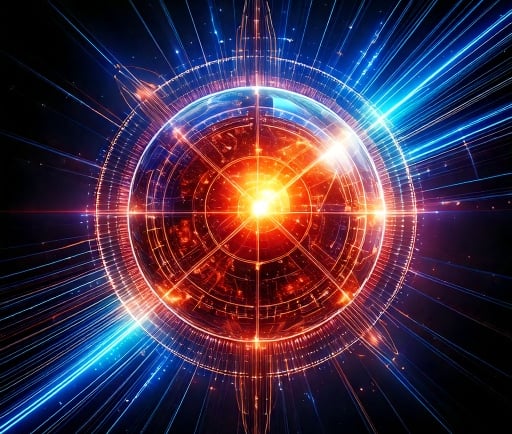Understanding Quarks: The Fundamental Particles of Matter


Introduction to Quarks
In the world of particle physics, quarks are regarded as some of the smallest building blocks of matter. These elementary particles play a critical role in forming hadrons, which include protons and neutrons, as they combine to create the atomic structures that form everything we know. Quarks are unique in that they carry a fraction of electric charge, either +2/3 or -1/3, a property that is pivotal in understanding their interactions and the forces that govern them.
The Role of Quarks in Hadrons
Quarks are never found in isolation but exist in groups, typically in pairs or triplets, to form hadrons. The most stable and common baryons, such as protons and neutrons, are comprised of three quarks. For example, a proton consists of two up quarks and one down quark, while a neutron is composed of one up quark and two down quarks. This triplet arrangement is essential as it influences the overall properties of the hadron, including its mass and stability.
The Significance of Quark Interactions
The interactions between quarks are facilitated by the strong force, mediated by particles known as gluons. These gluons are responsible for binding quarks together within hadrons, reflecting the intricacy of fundamental forces in the universe. The behavior of quarks and their interactions are fundamental to our comprehension of particle physics, leading to groundbreaking theories such as Quantum Chromodynamics (QCD). QCD explains how quarks and gluons interact and helps depict the complex dynamics of these particles at a subatomic level.
In conclusion, quarks are not just mere particles; they are the cornerstone of all matter in the universe. Their fractional electric charges and unique properties make them an integral aspect of particle physics. As we delve deeper into the subatomic realm, understanding quarks and their interactions remains crucial for advancing our knowledge of the universe.
